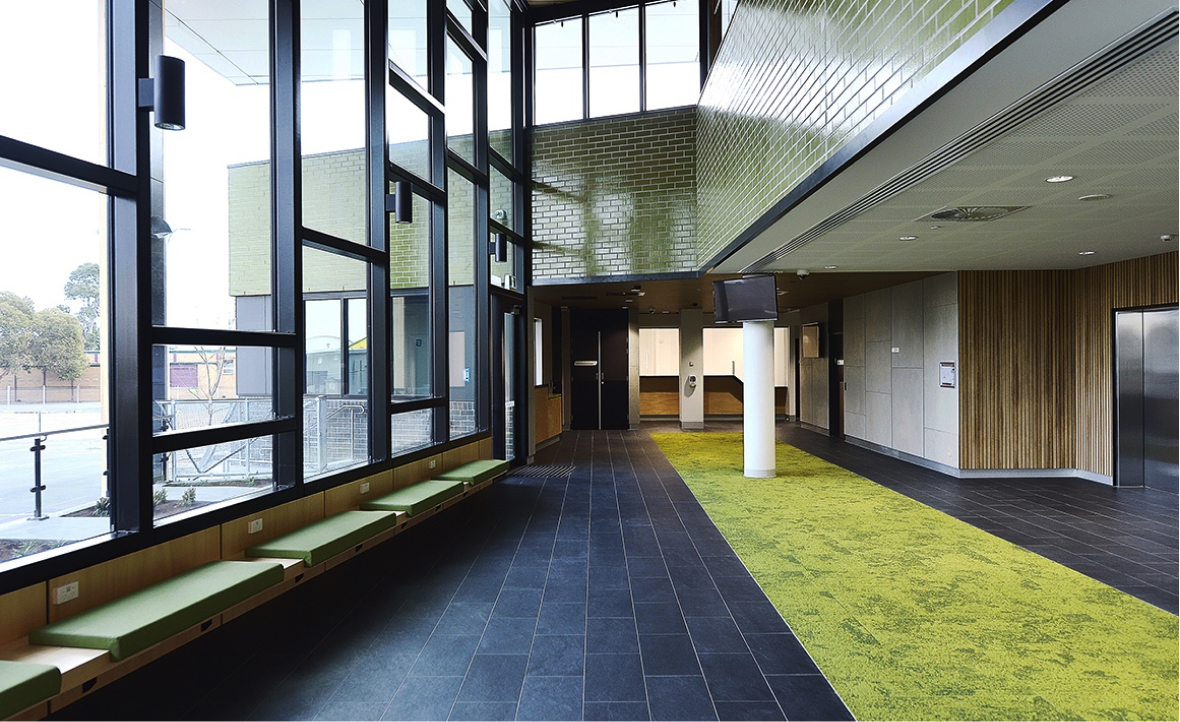Access Consulting
Architecture & Access is passionate about transforming the lives of people of all abilities by creating environments that are accessible, inclusive and safe.
An accessible environment is one that people of all abilities can safely locate, enter, move around, exit, and find their way to and from.
Our experienced team of qualified and accredited access consultants work closely with you to understand your project and develop cost-effective solutions that are functional, safe and meet the needs of all users.
Throughout the lifecycle of a project (from initial concept development through to construction), we provide dynamic specialist advice to ensure new developments, and upgrades to existing buildings, comply with legislative requirements and incorporate the goals of universal design.
Who we work with:
- Architects & Designers
- Project Managers
- Construction
- Government Agencies
- Community Organisations
- Developers
- Building Certifiers & Surveyors
- Building Managers
- Event Managers
Creating safe, dignified
and equitable access
